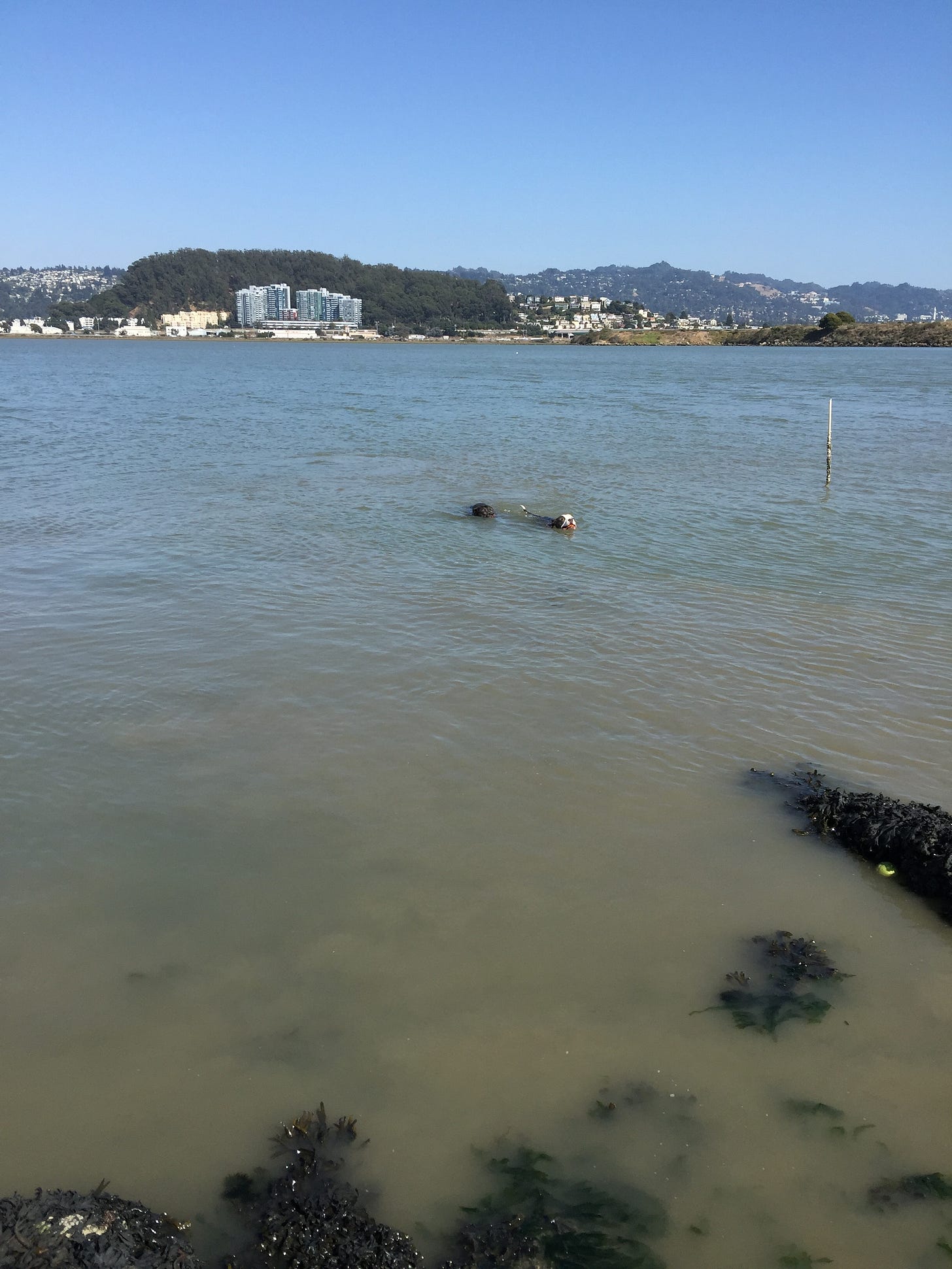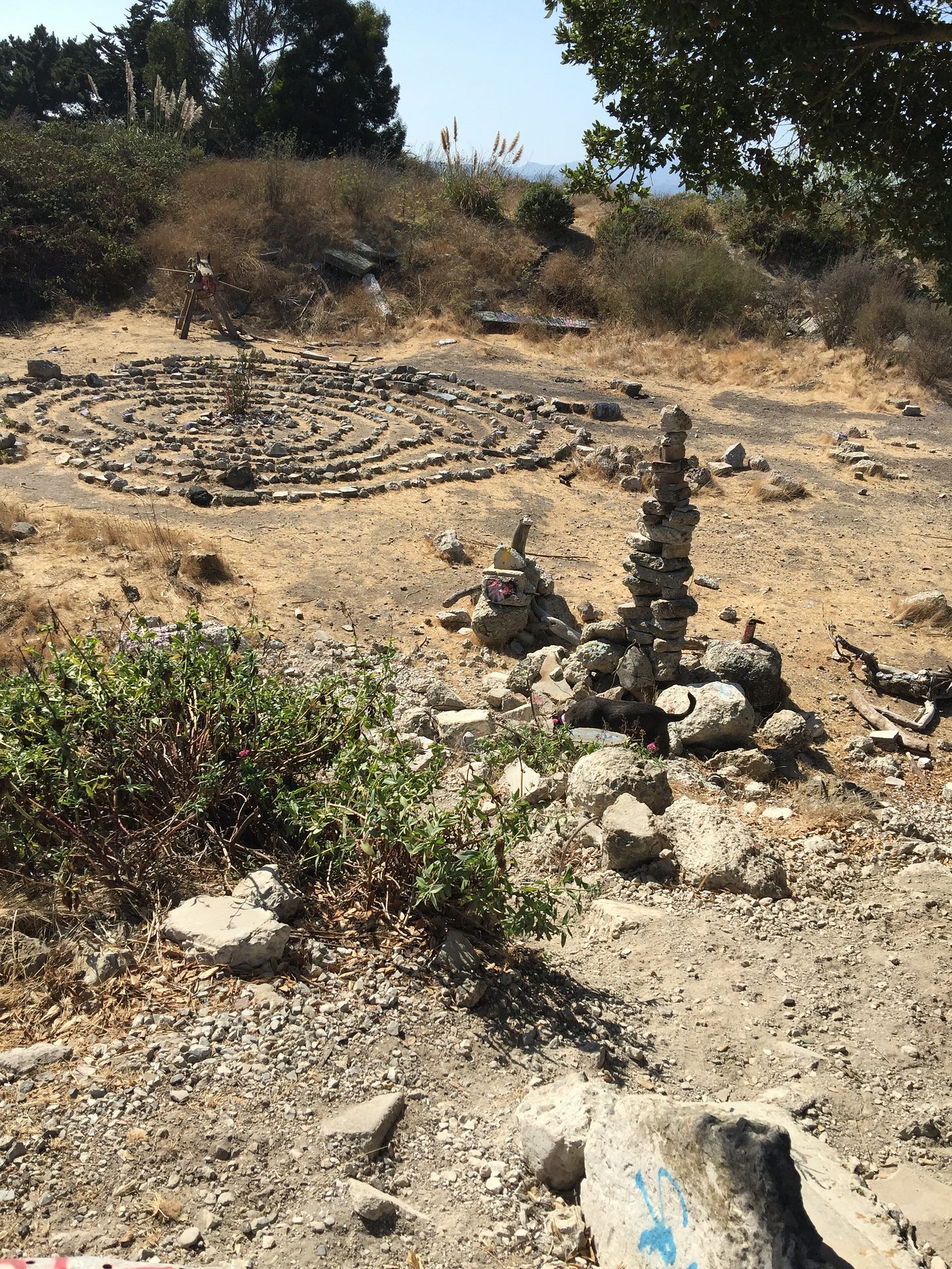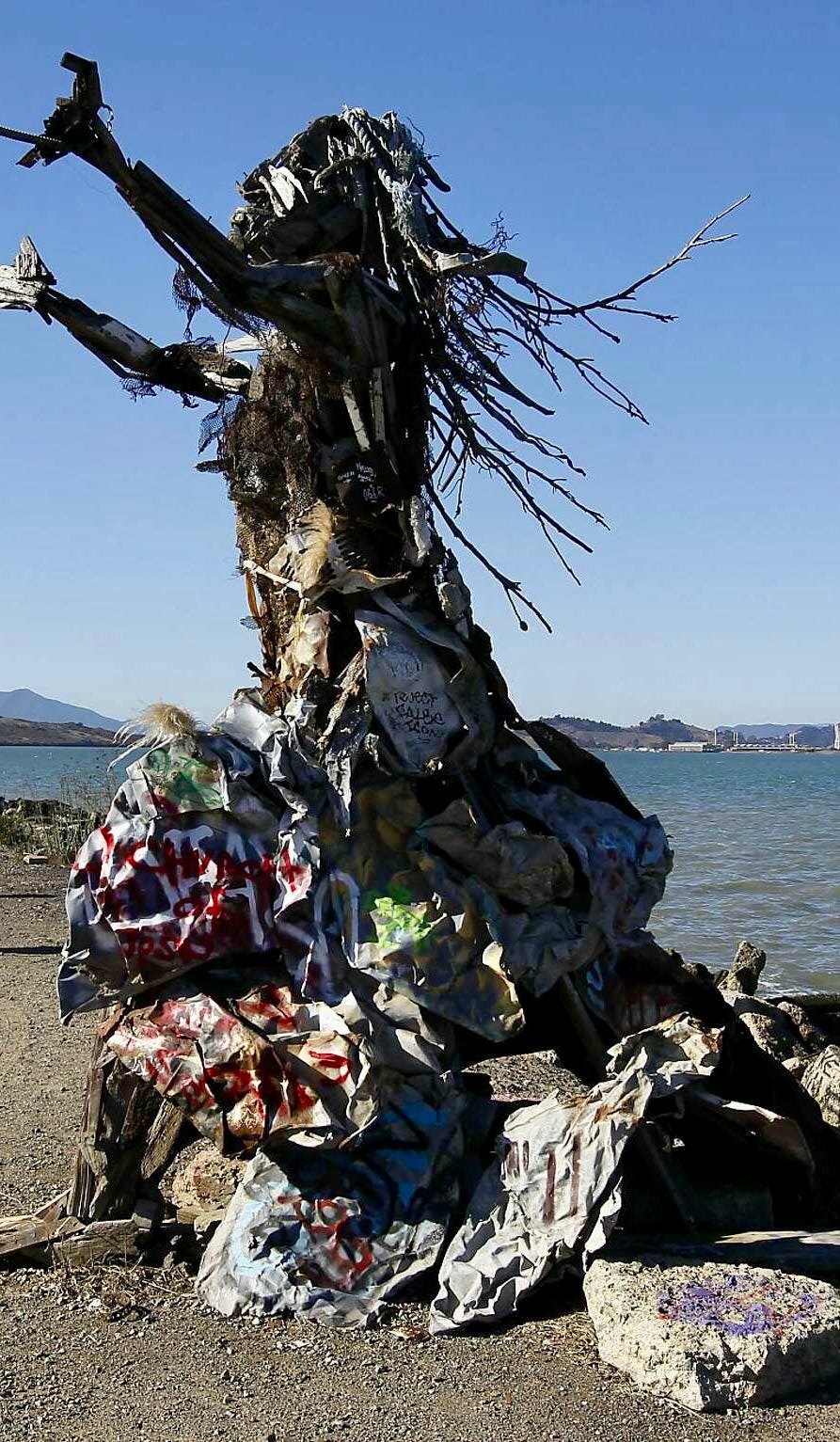Judge Donna Ryu bans S.F. from clearing homeless camps, but lives in Albany where homeless camps are illegal

On December 23, 2022, U.S. Magistrate Judge Donna Ryu granted an emergency order prohibiting San Francisco from clearing homeless encampments because it “violates the city’s own policies by failing to offer alternative shelter.”
Mayor London Breed pointed to a well-known fact: many people refuse services or are already housed, even choosing to leave taxpayer-funded apartments or shelters to return to the encampments (the reason often cited for why they leave is “too many rules”). Breed said encampments are often used for “drug dealing, human trafficking and other illegal activities.”
City attorneys said its policies “balance the rights of homeless people with a need to maintain clean and safe public spaces.” Those living in the encampments “get plenty of notice of upcoming cleanings, receive offers of help and shelter and are asked to leave an encampment only after declining an offer to stay elsewhere,” they concluded.
Judge Ryu, however, said the city’s argument was “wholly unconvincing,” pointing to “evidence” provided by the Coalition on Homelessness and seven homeless plaintiffs containing “academic analysis” and eyewitness accounts of sweeps over the past three years showing homeless people were deprived of personal items and pushed out with “nowhere to go.”
The Coalition on Homelessness, which serves as a de facto marketing agency for the status quo, staunchly defends human beings barely surviving in filthy tents because it is “their right” to do so. For years, they have shown up at encampment clearings and discouraged holdouts from taking other forms of shelter offered by the city.
“Mayors cannot run cities this way,” Breed said in a statement. “We already have too few tools to deal with the mental illness we see on our streets. Now we are being told not to use another tool that helps bring people indoors and keeps our neighborhoods safe and clean for our residents.”
Ironically, Judge Ryu lives in Albany, where an amendment to its municipal code made homeless encampments illegal:
Section 1. Chapter VIII, Section 8-4.4 ofthe Albany Municipal Code, entitled "Camping", is hereby amended to read as follows: 8-4.4 Camping
“No person shall camp in any park, recreation, open space, waterfront or Albany Hill area. No person shall set up tents, shacks, sleeping bags or any other shelter within any park, recreation, open space, waterfront or Albany Hill area for the purpose of overnight camping. No person shall leave any tents, shacks, sleeping bags or any other shelters, structures or specialty vehicles (including but not limited to house trailers, camp trailers, camp wagons, and any other mobile or stationary campers) which are used or could be used for overnight camping in any park, recreation, open space, waterfront or Albany Hill area. The restrictions contained within this section shall not apply to programs sponsored or co-sponsored by the City.”
The Albany Bulb is a 31-acre former landfill that juts into San Francisco Bay just north of Golden Gate Fields racetrack made up of old concrete, rebar, dirt and other debris from the construction of East Bay highways. After the landfill closed in 1984, artists took advantage of the '“outdoor studio” leaving anonymous works of all shapes and sizes, including a giant Sirena near the water’s edge.
For over a decade I visited the Bulb with my best friend Steve and our dogs until it simply became too dangerous. An enormous unleashed, un-neutered male shepherd once came flying out of a tent and attacked Steve’s pit bull mix, Blue — Steve had to kick the dog, which sent him flying. The “owner” was passed out with a needle in his arm in front of the tent and never woke up.
Another time a clearly mentally ill woman started screaming that we were "trespassing” and followed us to the shoreline with a kitchen knife. Only when my 100-pound pit bull-Rotweiller-mastiff mix, Jazzy, barked and lunged at her did the woman retreat.

In the mid-1980s, the Bulb became one of the original parts of the Eastshore State Park, envisioned as a continuous strip of bayside greenery stretching from Oakland to Richmond and linked by the Bay Trail. With most of the park completed, the Bulb remained wild, due in part to complications with the Regional Water Quality Control Board over seepage. When those issues were resolved, the city began moving ahead with plans to clean up the Bulb and turn it over to the East Bay Regional Park District and California State Parks.
The city spent $60,000 on a contract with Berkeley Food and Housing Project, a nonprofit, to help Bulb campers find alternative shelter, counseling, and other services. Robert Cheasty, a former Albany mayor and president of the nonprofit Citizens for East Shore Parks, said relocating the homeless was an important part of the transition — but many of the homeless fought those efforts and refused to move.
"Thousands of people have worked for three or four decades to turn this area into a usable shoreline park," Cheasty said at the time. "We cannot break the faith of all these people just to allow a small group to essentially privatize public land."
That’s when the City Council voted to begin enforcing no-camping laws at the Bulb.
“The anti-camping enforcement should have come months, if not years, ago,” said City Councilwoman Peggy Thomsen. "It's a safety issue and a health issue, and we need an end point. A lot of people are afraid to go out there. We need to worry about the safety not just of regular park users but the inhabitants as well."
Bulb campers were finally moved, some by choice, others accepting a $3,000 settlement from the city to relocate, and the last few were moved out by police action.
Interestingly, it was another federal judge, Charles Breyer, who cleared the way for Judge Ryu’s hometown to evict the 60 or so homeless people from their encampments, saying they had failed to show that the removal would violate their rights. He quickly dismissed arguments by lawyers for the homeless that evictions from the site would deny them due process of law and constitute cruel and unusual punishment.
He cited Albany’s offer to provide transitional housing for campers willing to accept it, and a report by the state Regional Water Quality Control Board that found there were health and water-quality hazards caused by "unmanaged human wastes.”
A lawyer for 10 Bulb campers and an advocacy group that sued Albany replied that the city had consistently rejected her clients' requests to install portable toilets like those found in "any other public park." The campground, she said, is "a place where they have found safety ... a community they had no place else."
Breyer was wholly unconvinced, saying regardless of who caused the health dangers, the city had an obligation to protect the public. He encouraged the opposing sides to discuss accommodations for the plaintiffs in the suit (all said they had health problems — illnesses, injuries, mental trauma — that would make it impossible for them to live in group shelters). The judge also said lawyers “failed to identify disabled residents to city officials and suggest reasonable accommodations.”
Just two hours later, Breyer issued a brief ruling denying a restraining order against the evictions, stating that advocates for the homeless had failed to establish a likelihood of winning their case.
Albany officials said the city would give campers 120 days to reclaim any property seized from their sites, would not cite or arrest them if they lacked alternative housing, and would provide $35,000 to help subsidize those who found rental housing elsewhere.
"This is not the campers' land,” said a lawyer for the City of Albany. “Public officials should be allowed to determine uses of public property."




